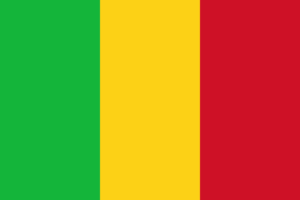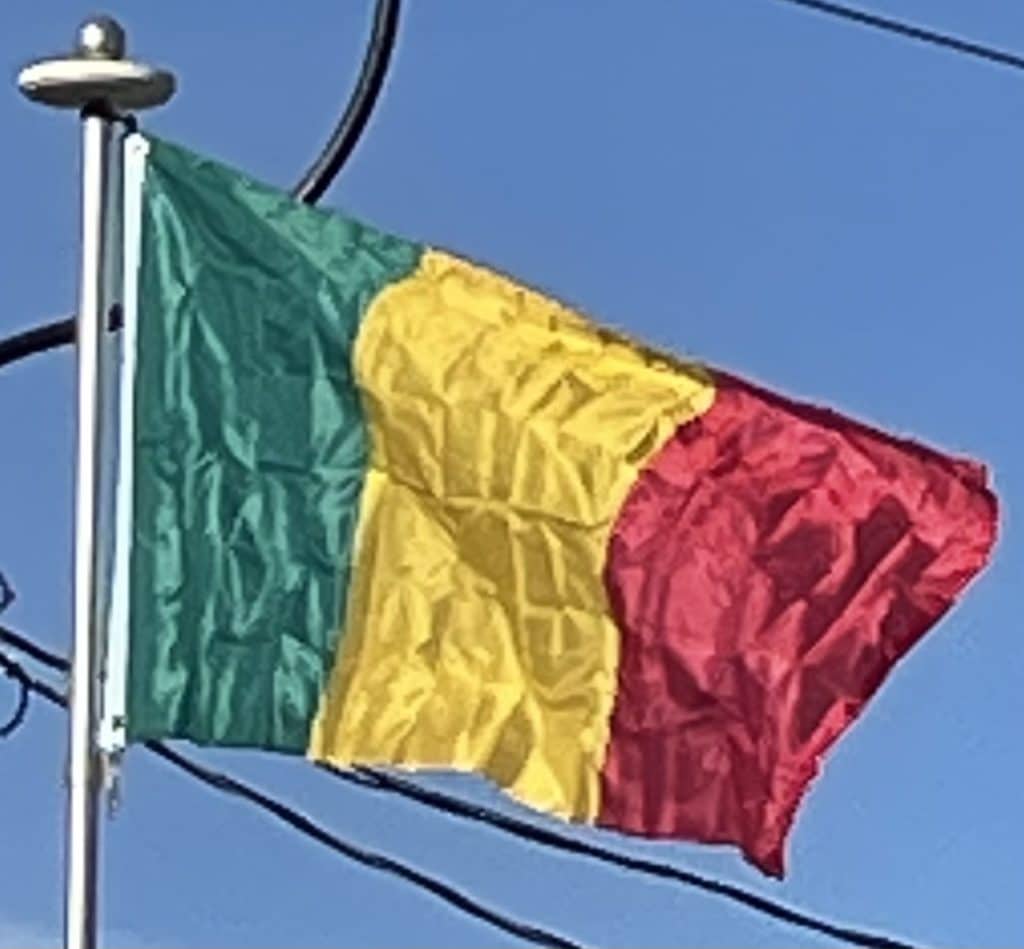As of 2013, passenger services in Mali were being offered three days between Bamako and Kayes via Kati and Diamou.
Mali had a road network totaling about 18,563 kilometers in 2000, including about 4,450 kilometers of paved roads. Mali’s main economic link to the coast is a paved road between Bamako and Abidjan in Côte d’Ivoire. The European Development Fund is financing construction of a road linking Bamako and Dakar, Senegal. The African Development Bank is funding the construction of a road linking Bamako and Kankan in Guinea. There are also plans for a trans-Saharan road linking Mali with Algeria.
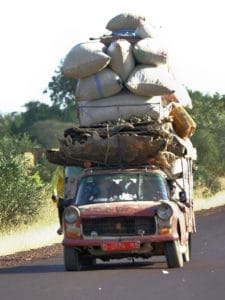
In general, road conditions outside of urban areas are hazardous, especially at night. Because of isolation, poor road conditions, and the prevalence of banditry, overland travel to the north of Mali is regarded as especially dangerous. Flying or traveling by boat is reported to be preferable where possible. Many of Mali’s major thoroughfares in the north are little more than desert tracks with long isolated stretches.
Because rate of automobile ownership is low, and formal government run public transit is sparse, informal buses and taxis abound in Malian urban centers. Bamako in particular is known for its green and yellow taxi fleet. Other vehicles, including trucks, buses, motorcycles and mini-vans, function as taxis. In recent years small motorcycles, imported from China and most lacking licenses, have come to dominate much of Bamako’s traffic. Inexpensive motorbikes are often the only affordable transport in Mali, with Chinese made bikes selling for US$700.
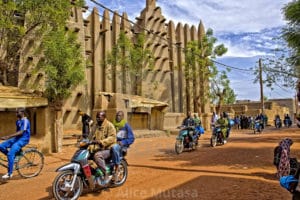
In the 1990s, Bamako banned horse carts, which caused an increase in hand carts on the streets. Recent road construction has included separated lanes for two wheeled (carts, bicycles, motorcycles), four wheeled, and pedestrian traffic.
Mali has no seaports because it is landlocked, but Koulikoro on the Niger River near Bamako, serves as a principal river port. Traditionally, Abidjan in Côte d’Ivoire has been Mali’s main seaport, handling as much as 70 percent of Mali’s trade (except for gold exports). Mali’s export trade suffered when turbulence in Côte d’Ivoire in the early 2000s interrupted that trade route.
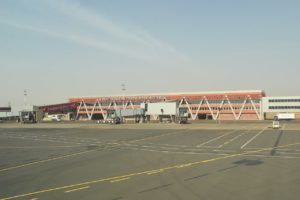
In 2007 Mali reportedly had 29 airports, 8 of which had paved runways. The main airport is Senou International Airport in Bamako, which offers flights to neighboring countries and to Europe. As part of infrastructure improvements in 2002, the runway at Bamako was extended, and new airstrips were built in previously isolated areas of the west—Kayes, Mopti, and Sikasso. Intercontinental services from Bamako are provided by Air France and a Belgian airline, among others.
Flag of Mali:
The national flag of Mali is a tricolor with three equal vertical stripes. From the hoist the colors are green, gold, and red, the pan-African colors. The flag of Mali is almost identical to the flag of Guinea, with the exception that the colors are in reverse order.
